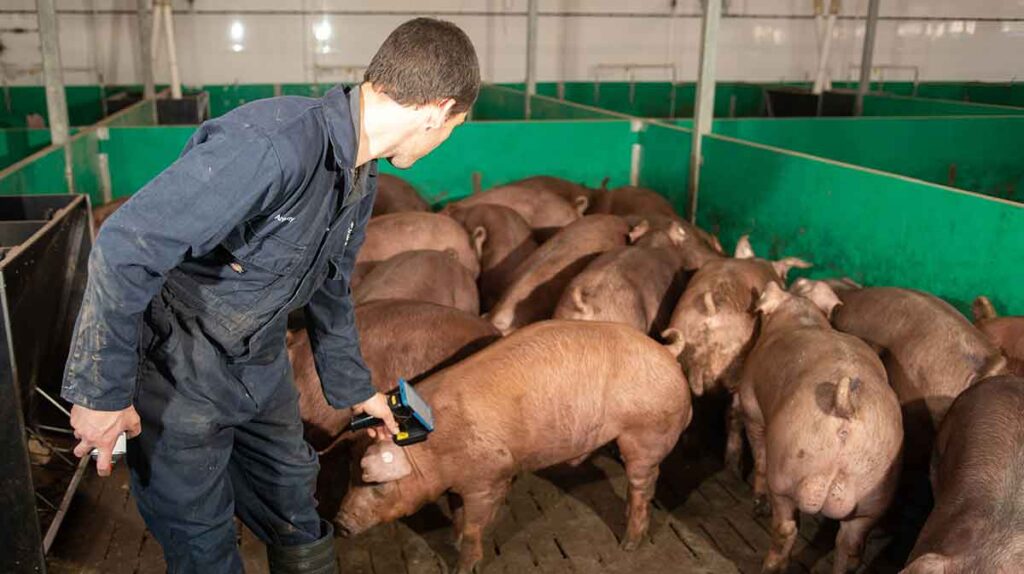The question of how we can monitor and improve the welfare of pigs on farm is often raised in meetings and discussions.
I don’t believe there is anyone who works in our sector who would not have that as a goal, since we pride ourselves on making sure the public can have confidence in how we look after our pigs.
See also: Vet View: The importance of the water of life
The welfare code outlines the ‘three essentials of stockmanship’ as knowledge of animal husbandry, the applicable skills of animal husbandry and understanding of the pigs.
The stockpeople working with our pigs have by far the biggest influence on the welfare of those animals, and we should all be proud of the work they do.
It is important to ensure the whole team is up to speed with the area of animal husbandry knowledge.
We understand the way that pigs work, interact and behave far more than we have ever done before, and yet sometimes we end up working against them without challenging what has happened previously.
Making sure we all stay on top of the latest research or information takes time and effort from the whole team and, sometimes, that can feel a bit daunting.
Ultimately though, a better understanding of how the animals we work with function does make things better and easier for both parties.
Take, for example, the ongoing discussions around and implementation of adaptable farrowing systems.
The simplest version of these is an open pen, very much akin to systems on many farms in Sweden, where constraints around farrowing are illegal.
As we have understood how sows move when they get up and down, as when in a crate, we have changed the layout to make it easier for them, along with recognising that just providing more space is not necessarily better.
We have also realised that temperature zoning in the farrowing house and pens is integral to ensuring piglets and sows are comfortable, and safer from overlay.
This makes it challenging at times as the weather influences so many aspects around farrowing – widely recognised outdoors, but increasingly having an influence on indoor farrowing spaces.
As changes in pig husbandry race towards us, whether through legislation or contracts, we must realise that sharing this information should be integral to all of our jobs.
Everyone should be able to know as much as they wish about the systems and pigs – it is integral to being the best stockpeople we can be. So, have a think about areas you and your team could improve and make upskilling a normal part of the farm routine.




